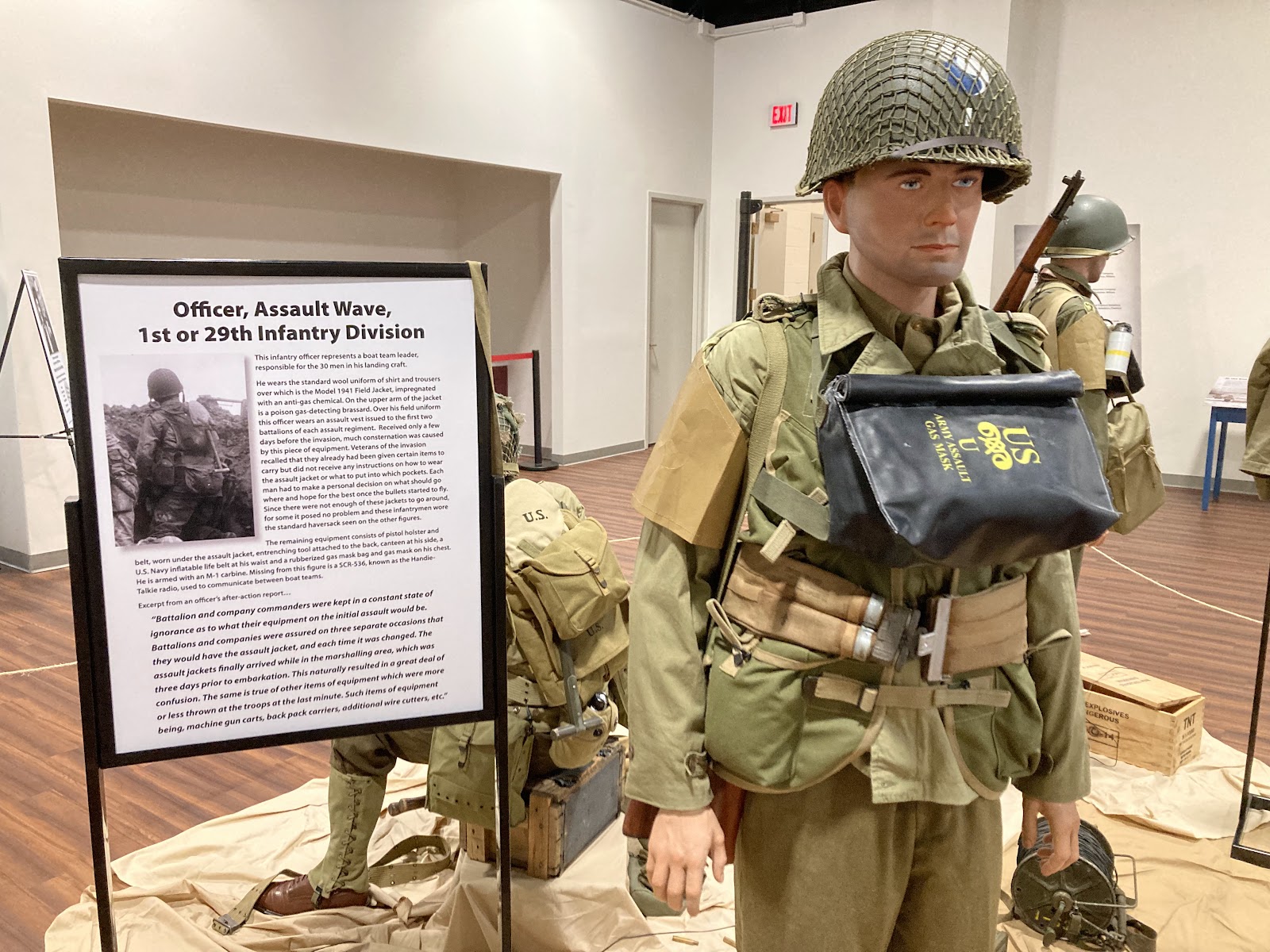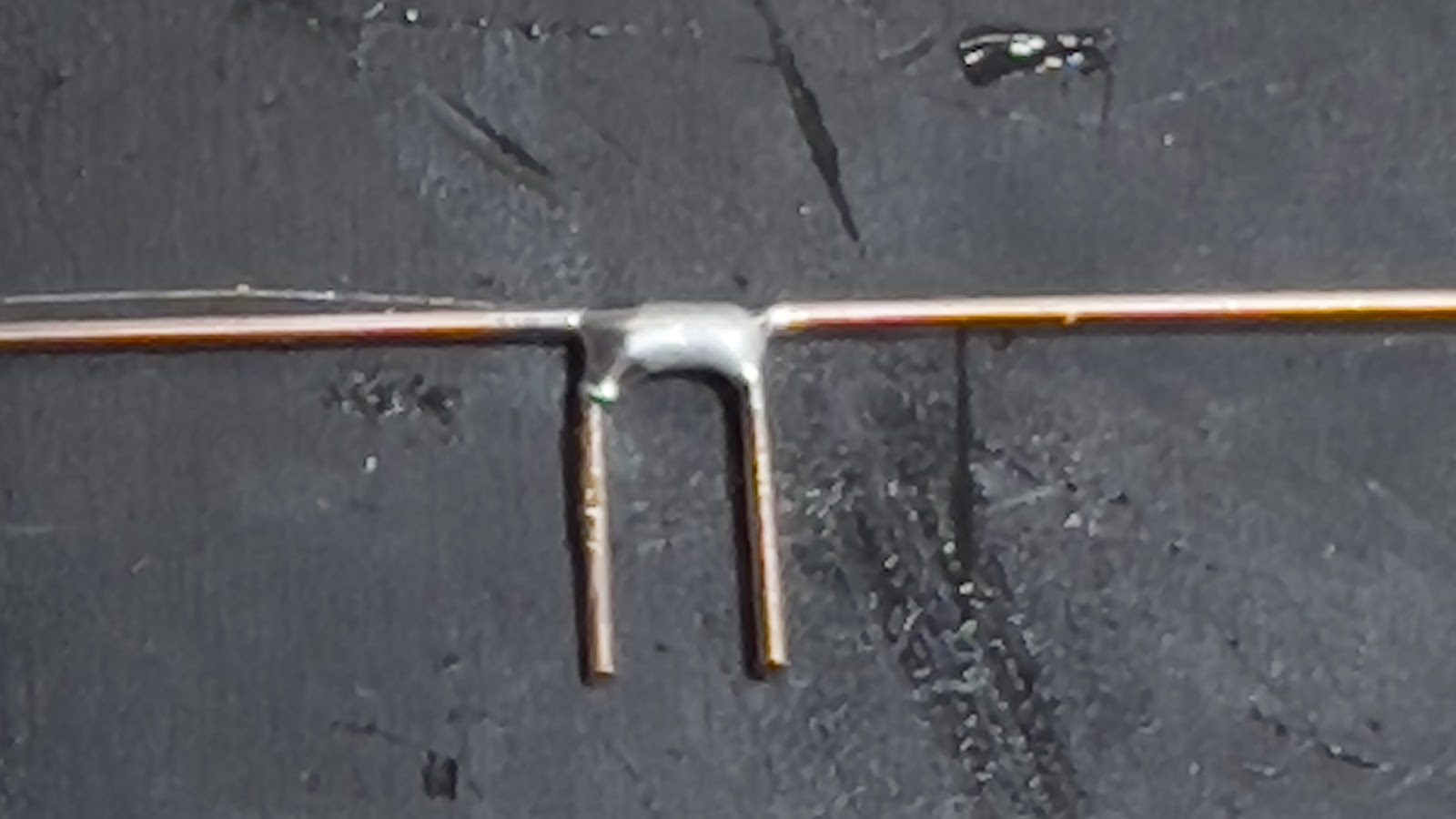 |
| Machine shop at the EBT Railroad. It is amazing how many machines they crammed into those old shops. |
I finished building most of the models of the machines I will use in the shop. I have only finished painting and installing the wheel press. The rest need final painting and weathering. Here is a list with status.
A nice, but expensive, model based a planer in the Sierra Railroad shops.
This model was based on a New Haven planer restored by Vintage Machinery on YouTube.
Engine lathe Wildwest kit
This is the newer version with 3D printed parts
Bench lathe Wildwest kit Not built yet.
Slotting machine 3D print from my artwork.
I only had one view of the machine, so I had to make a lot of assumptions about the how it all works and fits together.
Wheel press
3D print from my artwork. Thanks to Marty McGuirk for finding a set of plans from a book on the Sierra Railroad.
This one had the most fiddly parts as there is a very delicate saddle to hold the wheels set in place while pressing it and a chain hoist to help lift the axles.
I decided to print a wheel set with 33 inch railroad wheels with the cooling fins on the back. I found a drawing of this type of wheel used by the UP. Those wheels were lightweight and discontinued as material gots better and trains got heavier.
While I was at it, I printed extra finned wheels to use as clutter around the shop.
 |
| 33" Finned wheel set based on a UP drawing |
Dill press small Wildwest kit. This will be mounted on one of the posts in the shop.
Pedestal Grinder Wildwest kit. A small grinder that can be used for general shop tasks.
Radial Drill Press 3D print from my artwork.
I based this on the machine that Iron Jonesy is restoring on his Youtube channel. He provided enough information about the machine that I could make a pretty good model of it. The only issue was that he never provided dimensions, so I printed it in two sizes to see which worked better.
This is the artwork of the machine.
I had to thicken up some of the parts to survive 3D printing.
The wheel press is the first tool I installed. It will be in the middle of the shop. I plan to work out from it.
I should have left some of the beams of the structure off to allow me to fit my hands inside more easily. But this should work.
I decided to attach the belts to the machines first. Then I will install the line shafts once all the machines are in place and secure the belts to the pulleys on the line shafts.
I am using 0.010 inch thick resin impregnated board for the belts. It is a bit stiffer than paper and is the right color.
I also printed a bunch of hanger and pulleys that I drew. I am not sure exact ly how many I will need as it depends of how many counter shafts I install.






















